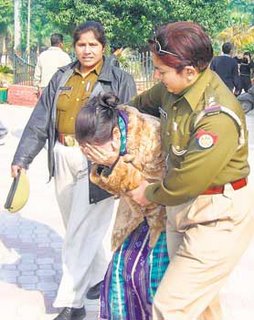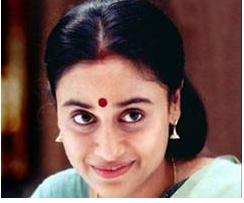
Two incidents that took place recently set me wondering. One was the sorry state of affairs in Meerut where couples were yanked out of their seats from parks, and ignominiously thrashed in public view ostensibly to crackdown on obscene behaviour in public, and the other was an incident in Malaysia on New Year’s eve, when about 400 rock music fans were arrested by the tough Malaysian police on the grounds that they were practicing ‘devil worship’. In a world where democracy is a key word and is widely believed to be the answer to harmony among and within nations, this kind of behaviour, especially from a strong democracy like
When questioned by mainstream media about its actions, the government responds akin to a parent who firmly pulls away a candy bar from the child because she feels it is not good for his health. The reasoning that sharing private moments in public or listening to rock music is a bad influence on the youth of today and that such acts have to be forcefully curbed, are undermining the very essence of democracy – that people are free to choose what they want to do, as long as it does not affect those around them.
Assuming that the youth are getting spoilt because of rock music, or that prostitution prevails on the streets of a city in the garb of ‘love couples’, is insane. These are classic cases where the elected representatives of a country throw the baby out with the bathwater. What happened in
It is indeed a surprise that the people entrusted with ensuring a proper state of affairs in a city’s public life don’t realise that coercing the public through detestable means would only create more pigheaded youth wearing a ‘who-are-you-tell-me-what-I am-to-do’ attitude and who would either flout rules publicly daring the government to take action against them, or practice what they want clandestinely, such secrecy often being the genesis for immoral habits leading to disastrous results affectin g the entire society. One does not require a degree in psychology; even the basics of diplomacy make it clear that it is better to make people understand the consequences of their actions rather than to rudely confiscate their rights to act. The latter way of trying to achieve ones ambitions enrages the public and the media leading them to oppose whatever the government does on similar lines. This leads to an undesirable situation where any action by the government, even if justified and necessary, would be viewed with microscopic vision by the media. This is not what the government of a nation would want. So either way, the people in charge of making such decisions stand to lose, if they resort to unpopular tactics like those employed in both these countries.
g the entire society. One does not require a degree in psychology; even the basics of diplomacy make it clear that it is better to make people understand the consequences of their actions rather than to rudely confiscate their rights to act. The latter way of trying to achieve ones ambitions enrages the public and the media leading them to oppose whatever the government does on similar lines. This leads to an undesirable situation where any action by the government, even if justified and necessary, would be viewed with microscopic vision by the media. This is not what the government of a nation would want. So either way, the people in charge of making such decisions stand to lose, if they resort to unpopular tactics like those employed in both these countries.
It is high time that governments set their egos aside and understand that the youth are mature enough to know what is right and what is not. More importantly, even if there are areas where the youth flounders, forcibly trying to change them is not the way to do it. It will create adverse consequences, and add to the existing problems.




